The Bayon Temple remains one of the most stunning and widely admired structures in the Angkor Wat Archaeological Park. The temple was once positioned centrally in the ancient city of Angkor Thom and today is located north of the Angkor Wat. Known for its many towers looking down upon the tourists with gentle smiling faces, the Bayon Temple continues to be one of the most sought after attractions by travellers.
The temple has a large number of towers, ranging to about 50 towers in specific that are said to have 200 faces depicting distinct degrees of erosion over the years. Tourists witness 4-meter-high smiling faces said to signify a state of ‘Nirvana’ among them. The Bayon Temple also has varied bas – reliefs surrounding the temple, with scenes denoting market scenes, naval warfare and so on.
Exploring Bayon Temple
Tourists looking to explore the temple are setting themselves up for a 30 to 40-minute experience, embodied by large narrow corridors, towers and steep flight of stairs. Whether you’re part of an organized tour or if you’re self-exploring the place, one cannot avoid the crowds that garner the inner pathways of the temple.
The Bayon temple also has extensive embellishments on the lower and upper walls of the temple, accompanied by interesting carvings of everyday life scenes such as: chess games, market scenes, religious rituals and a large amount of unfinished carvings on the temple walls.
Design of Bayon Temple
There are various theories that rival the elucidation that exists when it comes to the mystery that lies with the many faces depicted within the temple. Some scholars are of the belief that they represent ‘King Jayavarman VII,’ while others believe they are a composition of ‘Bodhisattva,’ making the Bayon Temple an amalgamation of both Jayavarman and Buddha.
As these tourists continue along with their temple tour, they are enlightened as to how the temple in itself has been constructed over varied stages, through the years. There were several additions / modifications under late kings thus, bringing in elements such as: terraces, libraries, interior mazes and passageways across three levels within the temple.
Bayon’s Face Towers
The Bayon Temple originally has about 49 face towers with serene faces found sculpted on them and each tower having carved faces designed to face four cardinal directions. To the pleasant surprise of tourists, the tower now has 200 faces carved on the remaining 37 towers of the first and second enclosure of the temple.
Most towers have four faces carved onto them, you will find an exceptional few having about one or two faces at the least. The faces are believed to represent, ‘Brahma,’ the Hindu god but it was later recognized that the Bayon Temple is in fact Buddhist structure and has no Hindu resemblance.
The Third Enclosure
This last of the three enclosures of the temple, measuring up to 160 meters long and 140 meters wide contains galleries with 4 pavilions and 4 entrance gates at the central part of each pavilion.
The third enclosure gives tourists a glimpse into the way of life and historical events of the Angkor people, dating back to the 12th and 13th century.
The Second Enclosure
This enclosure entails dark and narrow galleries that have been built on varied levels inside the enclosure. Measuring about 80 meters long and 70 meters wide, the second enclosure is renowned for its intermediate towers found decorated with large faces. Tourists are able to view a great number of sculpting of ‘Buddha,’ through the course of their tour of the second enclosure.
The First Enclosure
The central sanctuary, which can be accessed through multiple chambers forms a prevalent part of the third floor platform present in the first chamber. The sanctuary has a diameter of 5 meters and can be reached from the eastern side of the chamber.
Tourists will also find eight sanctuary towers that are found to surround the circular central sanctuary of the chamber. These towers form the very first circular enclosure and are further bordered by four other satellite sanctuaries.
The Northern part of the sanctuary is said to belong to ‘Lord Shiva,’ the southern part is dedicated to ‘Buddha,’ while the western part is devoted to ‘Lord Vishnu.’
How to reach
If you’re looking for a private transfer then the most convenient way for you to reach the Bayon Temple is by hiring a taxi or a ‘Tuk – Tuk,’ all the way to the main area of the Angkor Park. But if you’re not confident about the above option, you could also arrange for a guided bus tour. Either ways, the travel time is about 20 minutes from the Siem Reap entrance to the main temple via car.
What to Wear
Tourists should keep in mind that it is mandatory to follow the specified dress codes within the temple. Women are required to ensure that their shoulders and knees are covered before entering the temple. While men need to ensure they are not wearing sleeveless shirts within the temple premises.
Entry Fees
The Bayon Temple by itself does not have a separate entry fee, visitors will have to avail entry tickets to the Angkor Park. The cost about 37 dollars for a one day pass, 62 dollars for the three-day pass and 72 dollars for the seven-day pass.
A tour of the main temple is covered during the first day pass, the other passes can be sought if tourists want to further explore the temple lands for themselves.
Timings
Tourists are permitted to visit both the Angkor Park and the Bayon Temple between 05:00 am and 06:00 pm.
Tips
- If you have time constraints during your visit to the temple, ensure you take a left turn at the first gallery you come across and follow the arrow marked on the plan given to you.
- You will find that the pillars present within the temple, allow sufficient light to seep through thus, ensuring the lighting for photography is impeccable.
- If you’re interested in photography, the best time to click a photo is during the break of sunrise and sunset, as the lighting brings out the beauty of the bas – reliefs.
Can’t wait to make your Cambodia trip happen? Head to Pickyourtrail.com and customise your Cambodia holiday package according to your likes and preferences and make a memorable vacation to Cambodia!
Related Itineraries
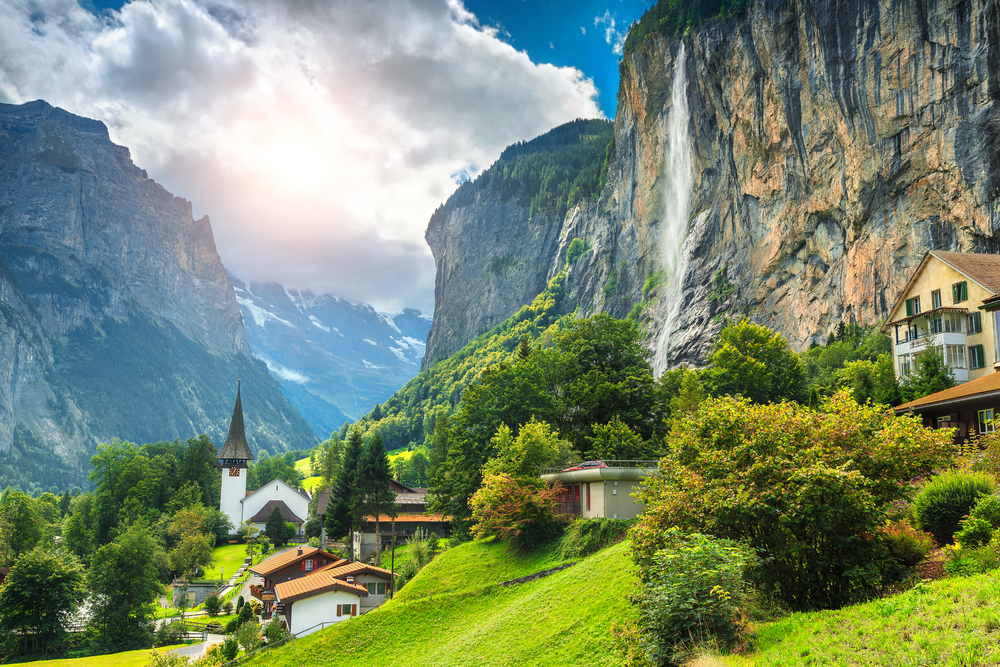
Relaxing 7 day Switzerland itinerary for the Honeymoon travellers
- Flights excluded
- 4 star accommodations
- 6 activities
- Private transfer
₹ 2,20,885
Starting price/person
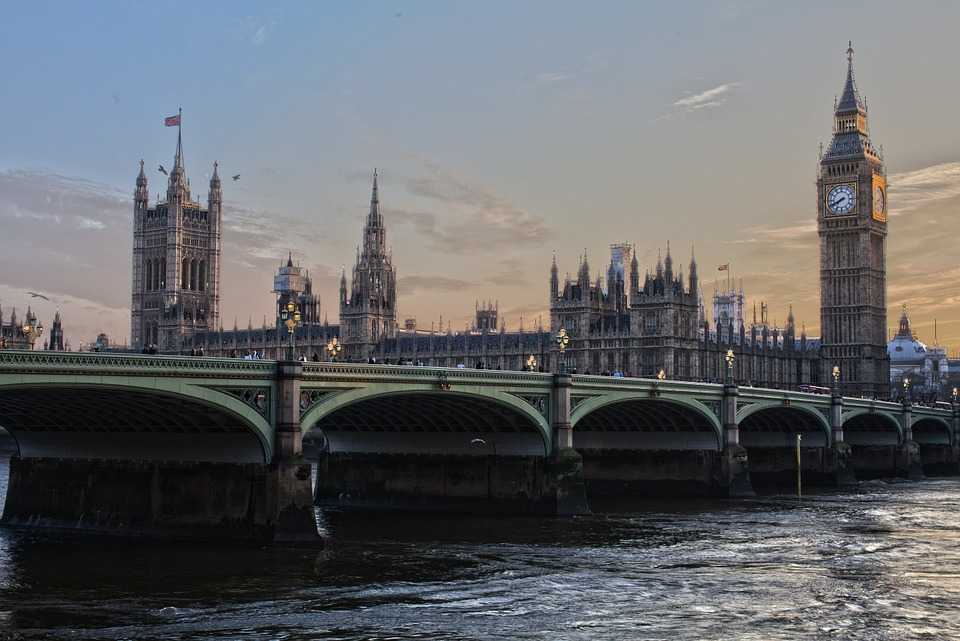
London Dreams: Stay in London and wander around for 6 night stay
- Flights excluded
- 3 star accommodations
- 7 activities
- Shared transfer
₹ 1,07,442
Starting price/person
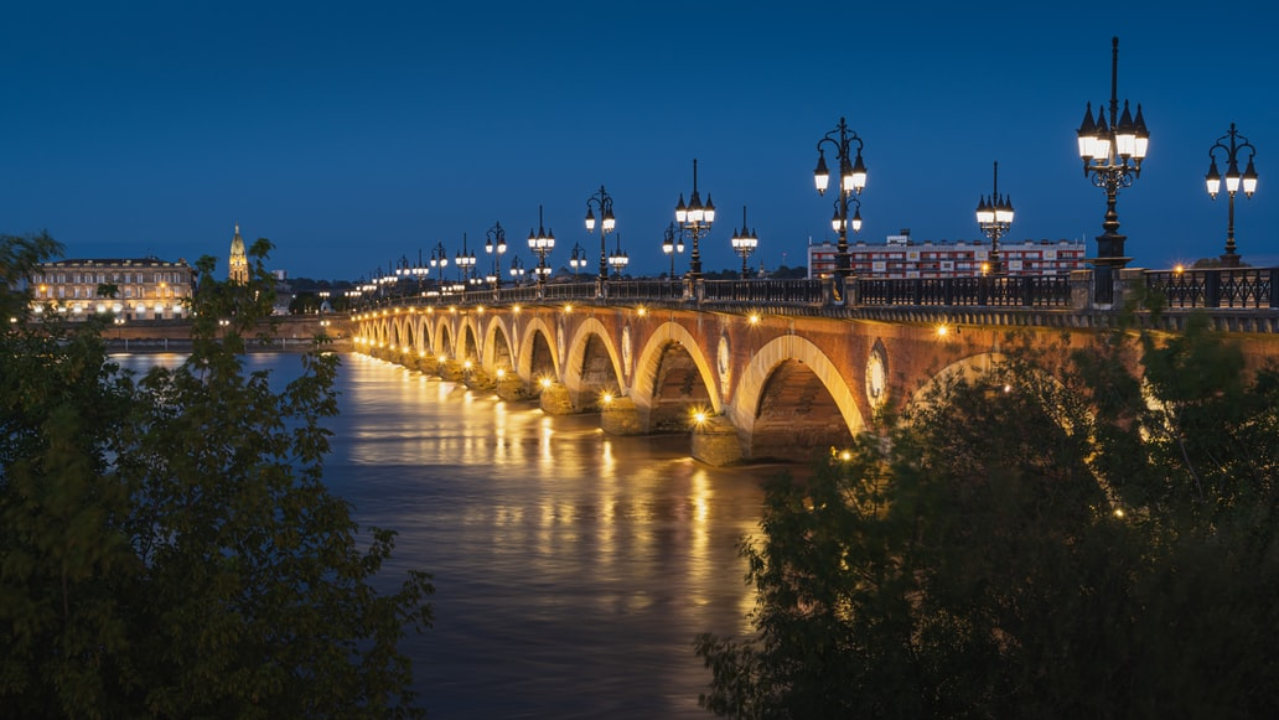
Beautiful 9 Nights France Tour Packages
- Flights excluded
- 3 star accommodations
- 6 activities
- Shared transfer
₹ 52,649
Starting price/person
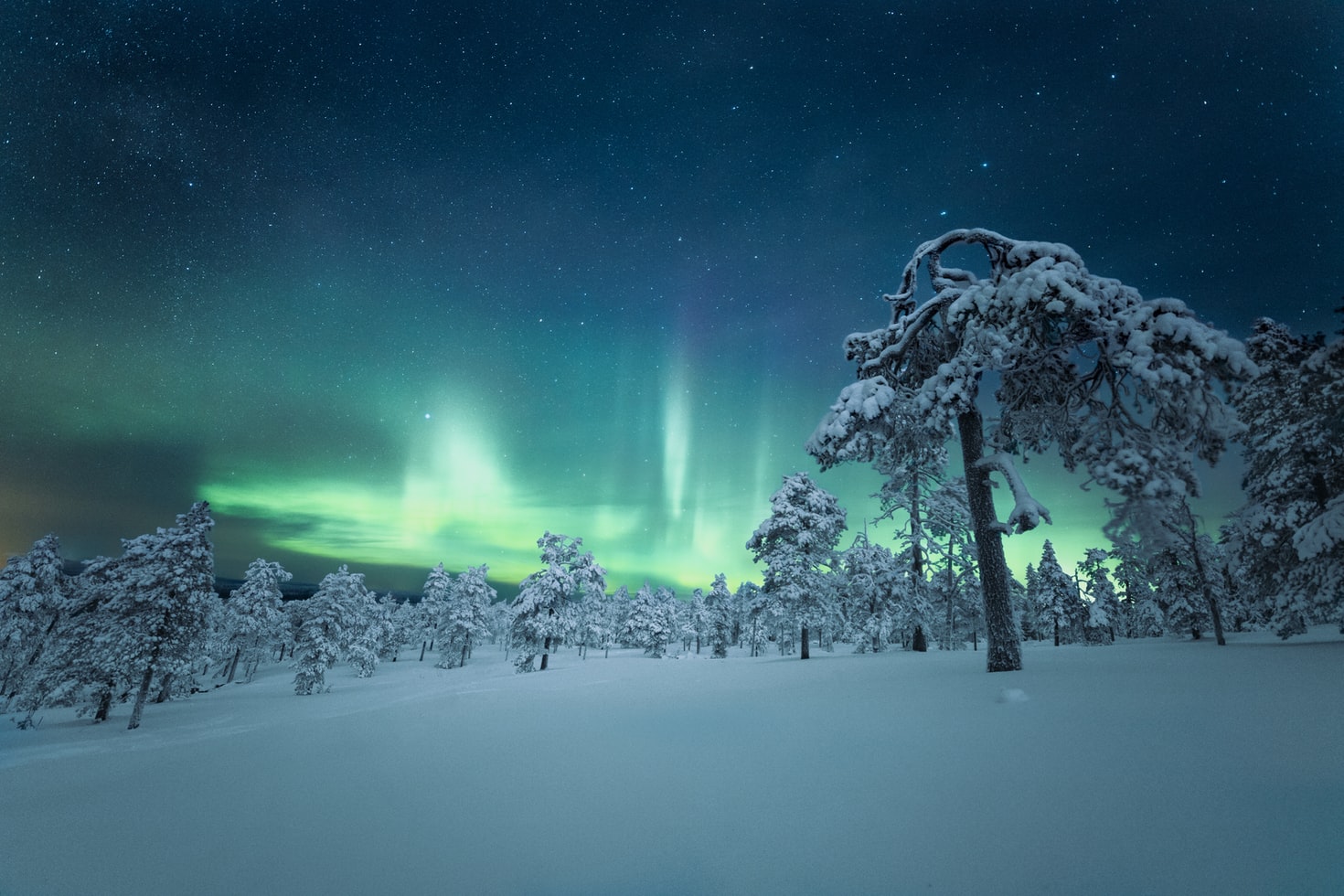
Stunning 6 Nights Northern Lights Packages
- Flights excluded
- 2.5 star accommodations
- 3 activities
- Transfers excluded
₹ 64,954
Starting price/person
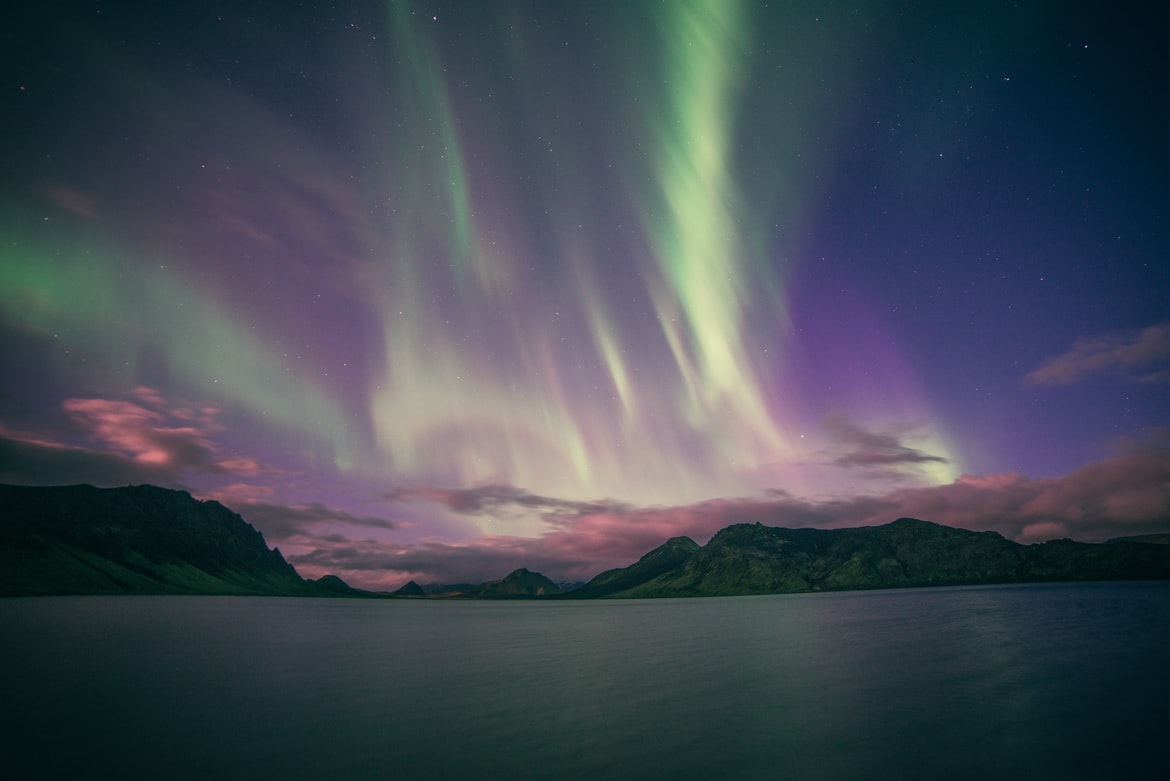
Fantastic 6 Nights Finland Northern Lights Tour Package
- Flights excluded
- 4 star accommodations
- 2 activities
- Shared transfer
₹ 69,369
Starting price/person
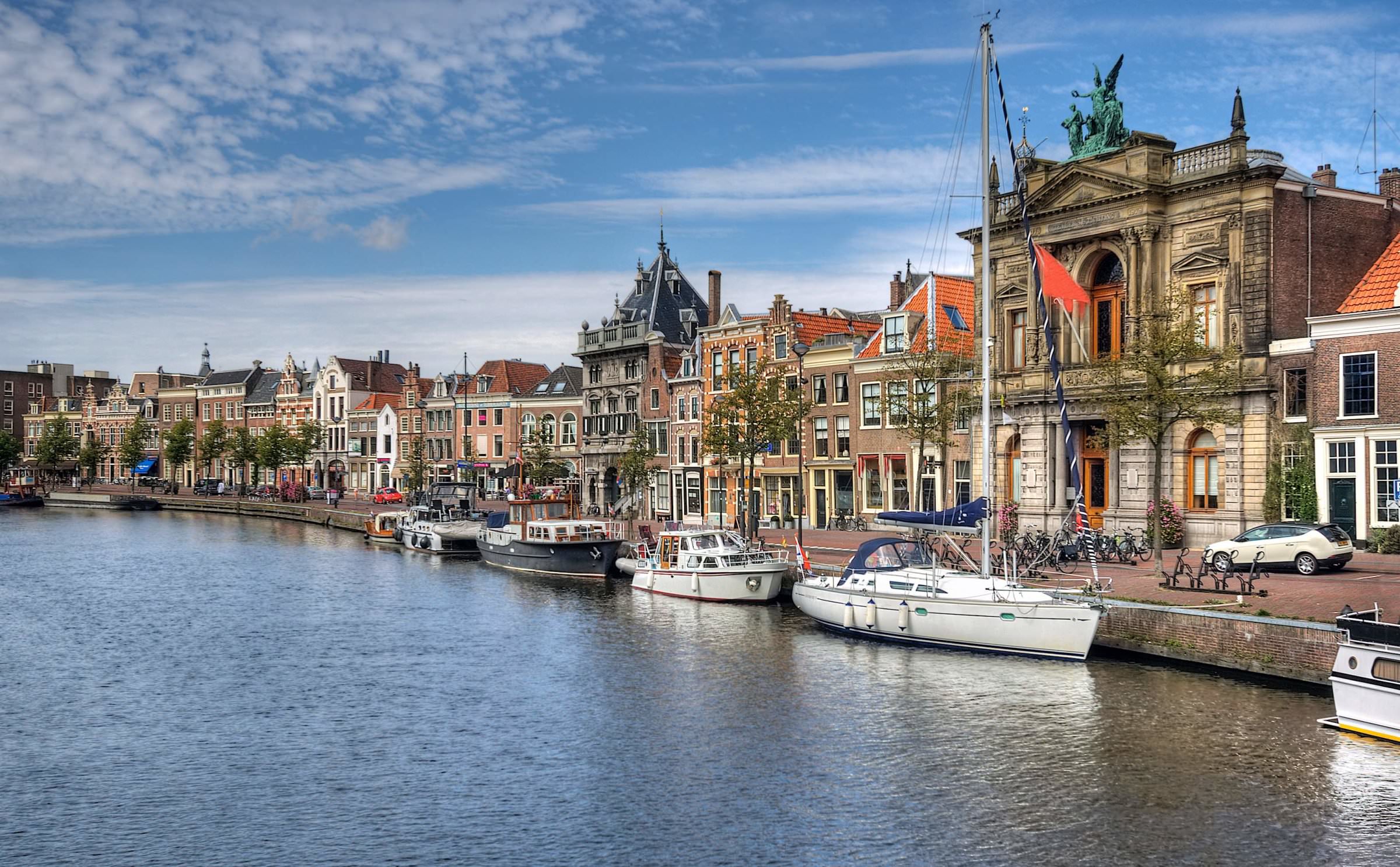
Amazing 10 Nights Netherlands Trip Package
- Flights excluded
- 2 star accommodations
- 9 activities
- Private transfer
₹ 52,895
Starting price/person

Magical 10 Nights Spain Tour Package
- Flights excluded
- 4 star accommodations
- 9 activities
- Shared transfer
₹ 1,17,742
Starting price/person

Europe Tour Packages For 6 Nights
- Flights excluded
- 4 star accommodations
- 7 activities
- Shared transfer
₹ 52,876
Starting price/person

Europe Trip Packages For 10 Nights
- Flights excluded
- 4 star accommodations
- 9 activities
- Shared transfer
₹ 73,921
Starting price/person
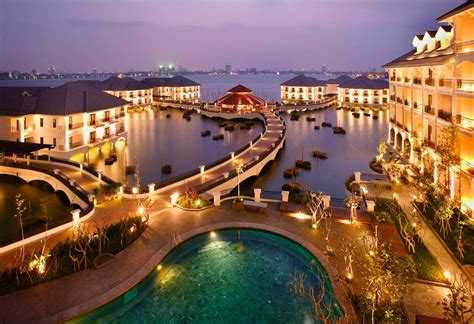
Romantic 8 Nights Bali and Vietnam Honeymoon Packages
- Flights included
- 4 star accommodations
- 6 activities
- Shared transfer
₹ 99,947
Starting price/person



